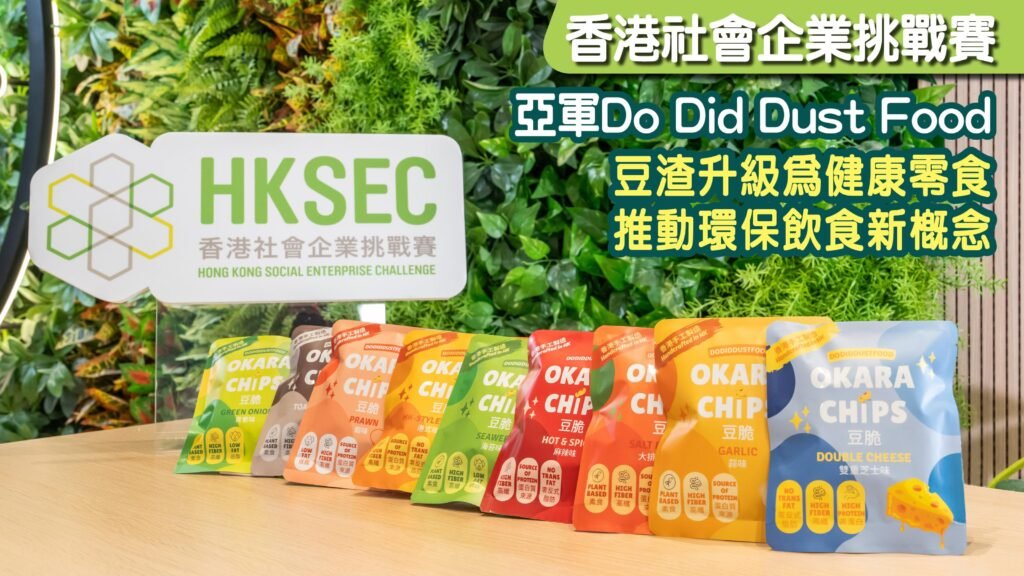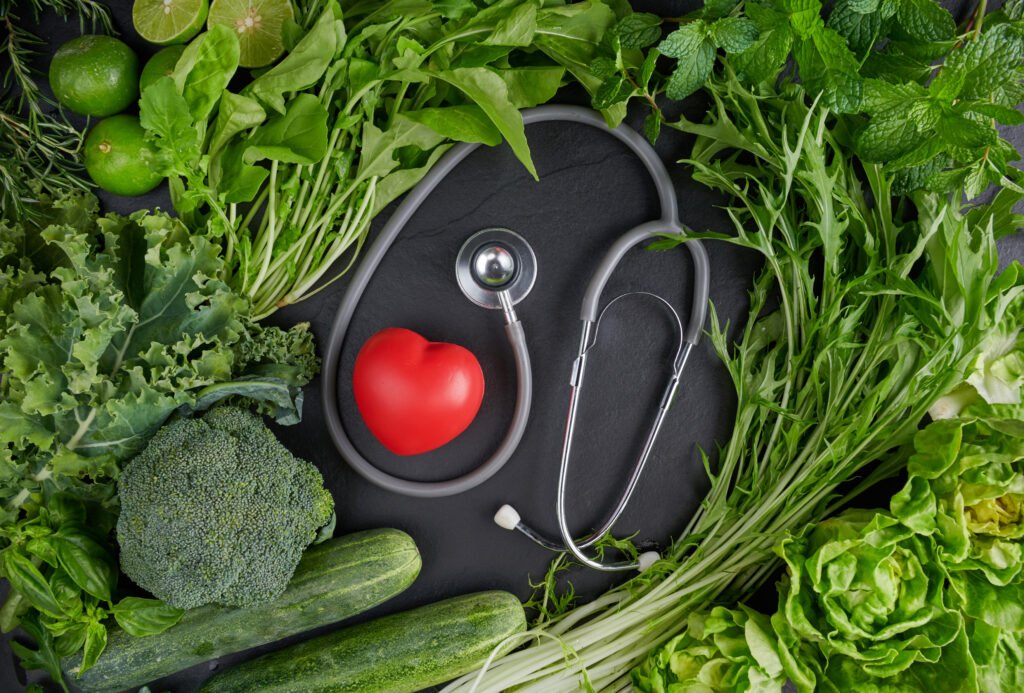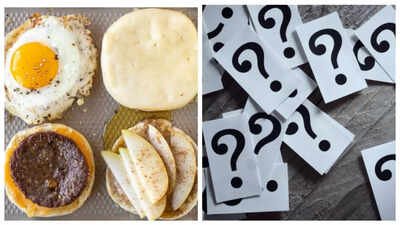New York, US – October 06, 2025 -The Packaged Salad Dressings market is entering a period of dynamic innovation and expansion, with consumers seeking healthier, flavorful, and convenient dressing options. The market is expected to register steady growth from 2025 to 2031, fueled by evolving consumer preferences and distribution innovations.
As more people globally adopt salads and healthy eating habits, demand for packaged dressings such as vinaigrette, ranch, balsamic, honey mustard, and Thousand Island is rising. Brands are responding with clean-label, organic, and flavor-rich variants designed for convenience. Meanwhile, digital retail channels, supermarket innovations, and agile supply chains are reshaping how dressings reach consumers.
Market Snapshot & Forecast to 2031
Market size & share: The packaged salad dressings market is witnessing strong year-on-year growth driven by consumer awareness of health and convenience.
Forecast period (2025-2031): The market is projected to grow steadily during this timeframe, supported by rising demand in home, foodservice, and online channels.
Key segmentation: By type (vinaigrette, ranch, balsamic, honey mustard, Thousand Island, others) and by distribution channel (supermarkets/hypermarkets, convenience stores, online stores).
Get Sample PDF:- https://www.theinsightpartners.com/sample/TIPRE00021494?utm_source=Openpr&utm_medium=10392
Trends / drivers:
• Rising health consciousness and clean-label demand
• Flavor innovation and gourmet profiles
• Convenience and ready-to-use packaging formats
• Growth of e-commerce and home delivery models
• Sustainable and minimal packaging solutions
Global & Regional Analysis
Global Landscape
The packaged salad dressings market is expanding worldwide, with brands focusing on flavor diversity, premium positioning, and natural ingredients. Consumer demand now varies across regions, influenced by local tastes and lifestyle habits.
Regional Insights
North America: A mature and innovation-driven market emphasizing organic, low-fat, and natural dressings.
Europe: Strong focus on clean-label compliance, private labels, and savory flavor experimentation.
Asia-Pacific: Fastest-growing region, fueled by rising disposable incomes and Western dietary influences.
Latin America & Middle East: Steady adoption driven by urbanization, changing eating habits, and premium retail availability.
Trends & Strategic Themes Shaping Growth
Clean / Natural / Organic Formulations: Consumers demand transparency and fewer additives.
Flavor Layering & Fusion Concepts: Combining herbs, citrus, and fermented notes to create unique regional blends.
Single-Serve & Pouch Packaging: Growing popularity for portion control and portability.
E-Commerce Expansion: Rapid shift to online grocery and direct-to-consumer models.
Sustainability & Packaging Innovation: Focus on recyclable, biodegradable, and plant-based packaging materials.
Private-Label Growth: Retailers introducing affordable, high-quality alternatives to global brands.
Challenges & Competitive Landscape
Raw Material Volatility: Cost fluctuations in oils, vinegar, and flavoring agents affect profitability.
Preservation vs Clean Label: Balancing shelf life with natural formulations remains a challenge.
Market Fragmentation: Numerous regional players competing with established multinational brands.
Consumer Education: Need for awareness around new flavors and healthier formulations.
Regulatory Standards: Stricter labeling and food safety norms in developed markets.
Leading market participants include major food manufacturers focusing on innovation, product diversification, and strategic partnerships to enhance their portfolio presence globally.
Human Perspective & Everyday Relevance
Imagine a busy professional looking for a quick, nutritious meal that doesn’t compromise on taste. A simple salad paired with a ready-to-use dressing made from natural ingredients becomes a symbol of modern convenience and mindful eating. Likewise, restaurants and food delivery kits are increasingly offering signature dressings that align with the global trend of health, sustainability, and flavor exploration.
Through compelling storytelling and human-centric branding, the packaged salad dressings industry is connecting culinary enjoyment with wellness and sustainability goals.
Conclusion
The Packaged Salad Dressings market is evolving beyond traditional condiments into a sophisticated, health-driven, and innovation-led segment. With continuous product development, sustainable packaging, and digital retail growth, the industry is well-positioned for long-term expansion through 2031. Brands that focus on authenticity, flavor diversity, and eco-friendly solutions will be best placed to capture the modern consumer’s palate and trust.
Get Buy Now:- https://www.theinsightpartners.com/buy/TIPRE00021494?utm_source=Openpr&utm_medium=10392
Frequently Asked Questions (FAQs)
Q1. What is driving the growth of the packaged salad dressings market?
A1. Growth is primarily driven by rising health consciousness, demand for convenient meal solutions, and innovation in clean-label and organic dressings. Increasing adoption of Western diets in emerging regions and the expansion of e-commerce channels also contribute significantly.
Q2. Which types of salad dressings are most popular globally?
A2. Popular dressing types include vinaigrettes, ranch, Caesar, honey mustard, balsamic, and Thousand Island. Growing interest in ethnic and fusion flavors such as sesame-ginger, avocado-lime, and Mediterranean blends is reshaping consumer preferences.
Q3. Which regions are leading the global packaged salad dressings market?
A3. North America remains the largest market due to mature demand and innovation-driven product launches. Europe follows with a focus on sustainability and clean-label ingredients, while Asia-Pacific is witnessing the fastest growth owing to increasing urbanization and dietary diversification.
Q4. What are the latest trends influencing the market?
A4. Key trends include the rise of organic and non-GMO dressings, introduction of recyclable packaging, premium gourmet variants, and growth in online grocery retail. Brands are also emphasizing plant-based, vegan-friendly, and allergen-free formulations.
Q5. What challenges does the packaged salad dressings market face?
A5. Major challenges include price fluctuations in raw materials such as oils and vinegars, ensuring long shelf life without artificial preservatives, and maintaining product quality across varied storage conditions. Compliance with evolving food safety regulations is also critical.
Q6. Who are the key players in the global packaged salad dressings market?
A6. Prominent players include Unilever, Kraft Heinz Company, Ken’s Foods, Newman’s Own, Annie’s Naturals, and Kewpie Corporation. Regional and private-label brands are increasingly competing with innovative and niche product lines.
Q7. How are sustainability and clean labeling shaping future product development?
A7. Manufacturers are adopting sustainable sourcing practices, developing eco-friendly packaging, and minimizing artificial ingredients. Transparency and traceability are becoming central to brand trust and long-term customer loyalty.
Q8. What is the market outlook for packaged salad dressings by 2031?
A8. The market is expected to experience consistent global expansion through 2031, driven by flavor innovation, lifestyle shifts toward healthy eating, and broader retail accessibility across both traditional and digital platforms.
Contact Us:
• If you have any queries about this report or if you would like further information, please get in touch with us:
• Contact Person: Ankit Mathur
• E-mail: ankit.mathur@theinsightpartners.com
• Phone: +1-646-491-9876
About Us:
The Insight Partners is a one-stop industry research provider of actionable intelligence. We help our clients get solutions to their research requirements through our syndicated and consulting research services. We specialize in semiconductor and electronics, aerospace and defense, automotive and transportation, biotechnology, healthcare IT, manuacturing and construction, medical devices, technology, media and telecommunications, and chemicals and materials.
This release was published on openPR.









